The Global Child Care Market is a dynamic sector characterized by a diverse range of providers and services catering to the developmental needs of children. In this market, competition is driven by a multitude of factors, including service quality, safety standards, affordability, and innovative educational programs.
Companies operating in this sector are continuously seeking to enhance their offerings and gain a competitive edge by investing in technology, expanding their geographic presence, and forming strategic partnerships.
The rising demand for quality child care services, fueled by changing family structures and increased workforce participation among parents, has led to a surge in investments and expansions across the market.
Companies are also focusing on implementing higher safety standards and enhanced educational curricula to attract parents seeking the best options for their children. Understanding the competitive landscape of this market involves evaluating the strengths, weaknesses, opportunities, and threats that various players face, which in turn influences strategic decision-making and operational efficiencies.
Kindercare Education operates as a significant player in the Global Child Care Market, recognized for its commitment to providing high-quality early childhood education and care. The company's extensive network of centers allows it to cater to a wide geographic audience while maintaining a strong reputation for safety and developmental excellence.
Kindercare Education's strengths lie in its evidence-based curriculum, which emphasizes fundamental learning experiences tailored to children's developmental milestones. Their approach not only attracts parents seeking a nurturing and educational environment for their children but also retains skilled educators committed to delivering engaging programs.
The scale of their operations complements their brand recognition, giving them a competitive advantage in securing new enrollments and fostering long-term relationships with families.
Learning Care Group is another key provider within the Global Child Care Market, known for its comprehensive range of educational services aimed at children from infancy through school age. The company differentiates itself through a portfolio of distinct brands that include innovative learning philosophies and curricula.
This multi-brand strategy allows Learning Care Group to appeal to diverse consumer preferences, which enhances its market presence significantly. Strengths of Learning Care Group include strong leadership in early education practices and a commitment to building lifelong learners through experiential learning.
Moreover, the company actively engages in mergers and acquisitions to broaden its reach and enhance operational capabilities. This strategy has enabled Learning Care Group to integrate new centers into its network efficiently, expanding its footprint and strengthening its role as a formidable competitor in the global child care industry.
With a focus on quality, innovation, and community engagement, Learning Care Group continues to solidify its presence as a trusted provider of child care services on a global scale.


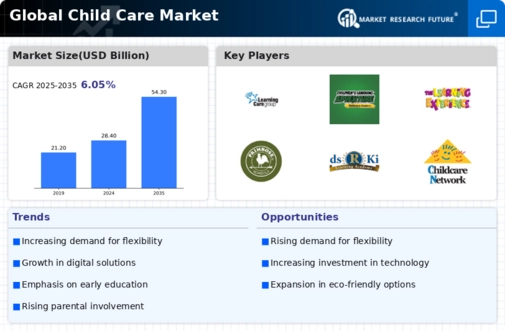
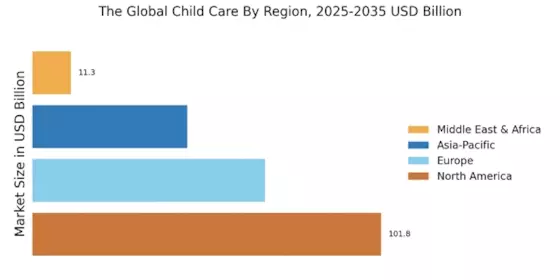

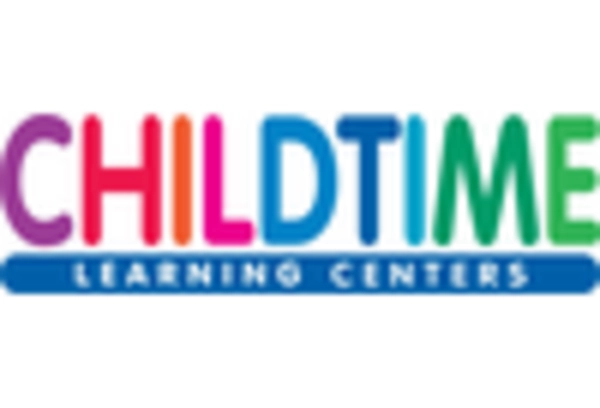
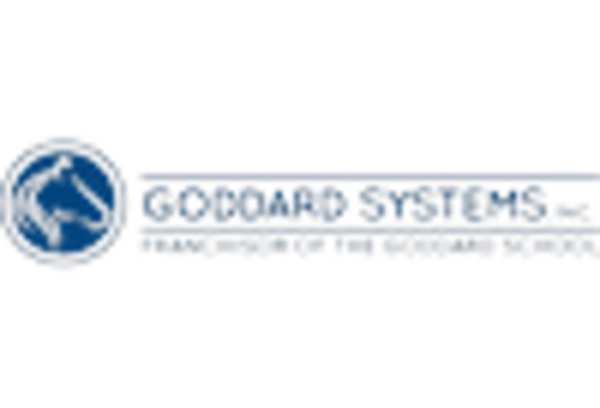
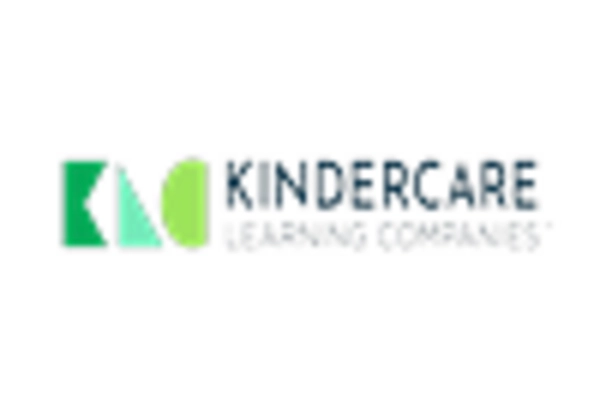
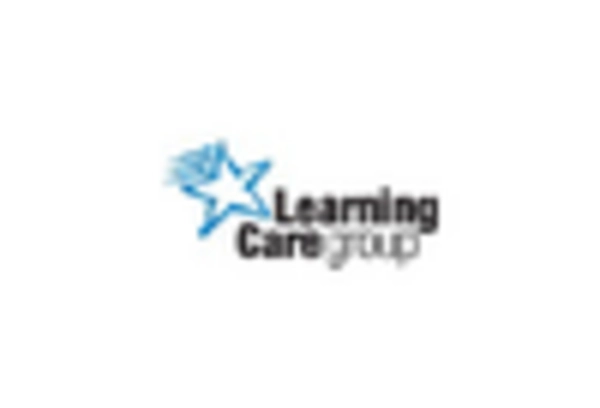









Leave a Comment